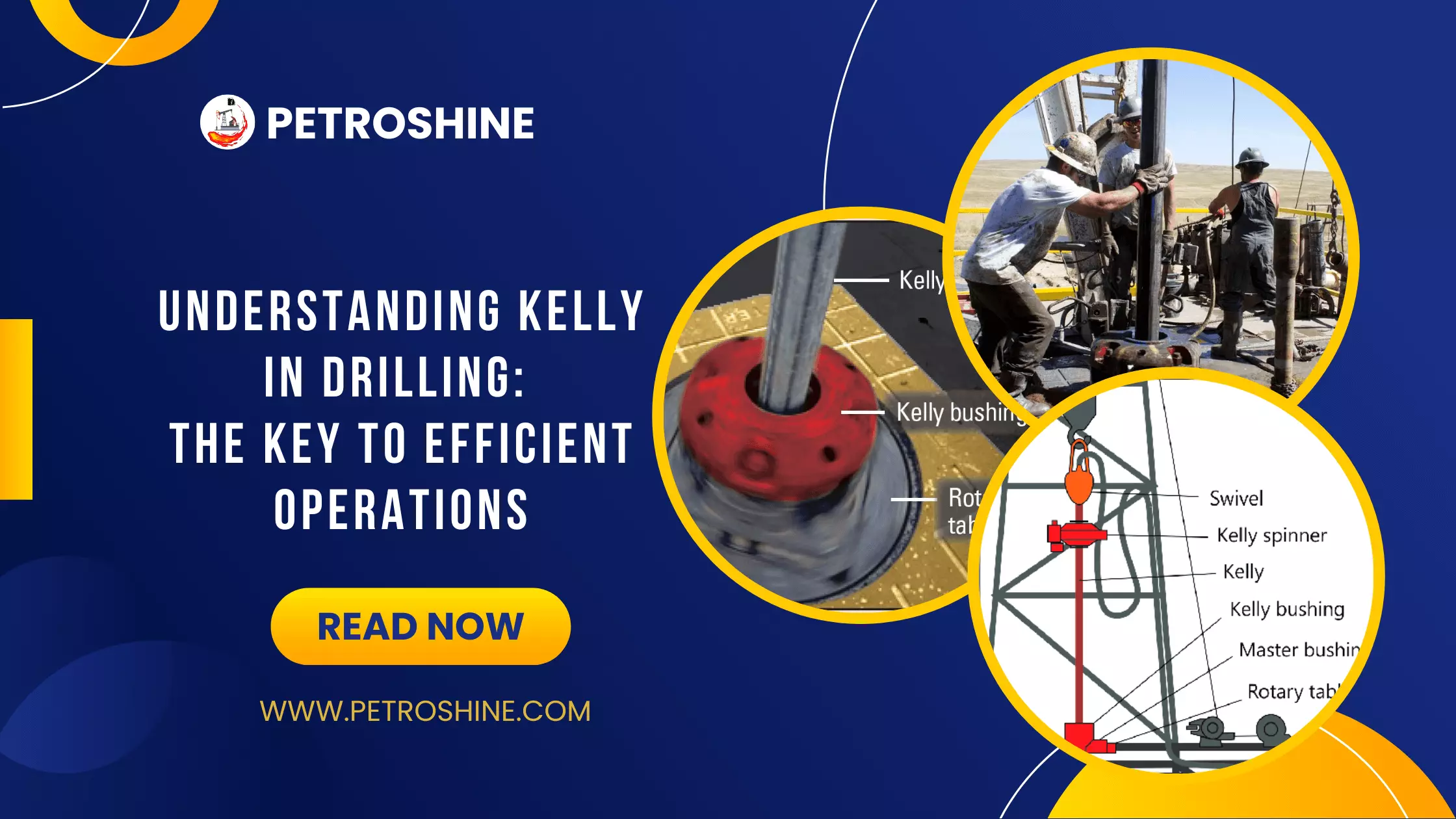Drilling Jars
A jar is a mandrel which slides within a sleeve. The free end of the mandrel is shaped in the form of a hammer to provide a striking action against the face of the anvil.
In well operations, jars are used to provide quick, sharp, upward or downward motion to free stuck pipe. Although we most commonly associate them with fishing operations, they can also be run on drilling bottomhole assemblies as a precautionary measure. Drilling jars are especially appropriate for drilling in sticky, heaving, sloughing or crooked holes. They also have applications in controlled-weight directional drilling, as well as in coring operations. Figure 1 shows a mechanical rotary drilling jar.

Jars are usually identified according to type, inside and outside diameter, thread connection and stroke length. There are a number of jar types available, and the type of jarring action utilized will depend on the jar being used and the specific operating conditions. For typical mechanical or hydraulic jars, upward or downward motion is initiated by pulling up or slacking off on the drill string until a pre-set triggering load is reached, initiating a sharp blow. A few such blows may be sufficient to free a stuck drill string without the expense and risk of a fishing job.
Hydraulic jars use a hydraulic fluid to control the firing of the jar until the driller can apply the appropriate load to the string to give a high impact. This controlled action (delay) is provided by hydraulic fluid which is forced through a small port or series of jets. Hydraulic jar firing delay is dependent upon the combination of load and time. Hence hydraulic jars are adjustable according to the downhole over-pull.
In drilling operations, jars are generally run high in the drill collar string, with some drill collars above them. Optimum jar placement and triggering load, along with the need to enhance the jarring impact by running a companion tool known as a jar accelerator, is best determined individually for each bottomhole assembly, with input from the service company providing the tools.
In general, an increase in jar stroke length increases the jarring effect. With these obvious advantages, a long stroke hydraulic jar is preferable to a mechanical jar.
Two phenomena have to be considered when jarring: the impact force and the impulse of the jarring action. The impact force must be high enough to break the binding force causing the pipe to stick. It must also act long enough to move the pipe this is what is termed the impulse.
Both the impact force and the impulse are influenced by the number of drill collars located above the jar. The smaller the quantity of drill collars, the higher the impact force. Conversely, the larger the number of drill collars the greater the impulse force. A compromise has to be reached where both impact and impulse are working together to free the pipe.
The jars should be run in tension wherever possible. This is mandatory for mechanical jars, and while hydraulic jar manufacturers state that their jars can be run in compression, this is not advisable because applied weight on bit can lead to inadvertent cocking of the jar.
For vertical wells, the amount of drill collars to be run below the jar should be the sufficient to allow the required bit weight and place the neutral point at least 30 feet away from the jar. The buoyed weight method should be used to calculate the required length and a 15% safety factor added. For directional wells, an additional safety factor should be applied to the buoyed weight of the collars to account for frictional drag of the string against the low side of the hole.
 Petro Shine The Place for Oil and Gas Professionals.
Petro Shine The Place for Oil and Gas Professionals.



